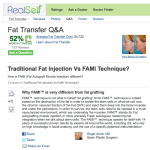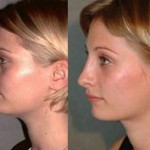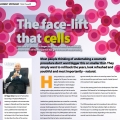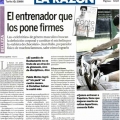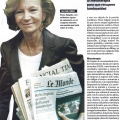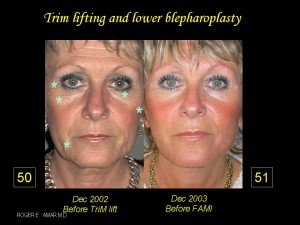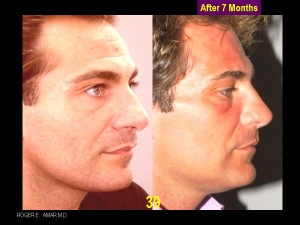Ageing and wrinkled skin is inevitable. This has led to the increase in procedures and surgeries that can counter the effects of ageing. There are numerous cosmetic surgeries that are done throughout London and the UK including facelifts, liposuctions, fat grafting, facial fillers, facial implants and many more. Most people opt for cosmetic surgery because they want to extend the feeling of youthfulness throughout their years, and as they age.
A very popular cosmetic procedure is a facelift. As the name suggests, a facelift is a procedure through which the facial skin is lifted, reshaped and filled to give a more youthful appearance. The procedure is carried out at Cadogan clinic in London.
As mentioned, the main reason why people opt for a facelift London is because they want to retain their youthful look. However, in addition to that, there are some patients who need their face to be tightened and filled because of the effects of weight loss. Weight gain stretches the skin, and if the patient decided to lose weight, the fat may be gone, but the skin may not revert to its previous condition. This leaves it saggy and wrinkled.
Expectations and Results Of Facelifting
It is important for a patient to be realistic about what to expect from a facelift. If you ask people on the street, which is the best technique for rejuvenation, they will answer facelift! By no means, a facelift will give you a more youthful and refined appearance, but it will not alter any of your facial features, perhaps enhance them. During the procedure, a patient can expect the skin to be tightened and lifted. Depending on the need, other facial parts may have to be filled and plumped up.
The results of the procedure will vary from patient to patient. For instance, a person with severely wrinkled skin and thin lips will have a more visible change in appearance as opposed to one who has barely-there wrinkles, whose outcome can be more subtle. The best results are on patients with excess of weight and fat on their face.
Types Of Facelifts
There are different types of facelifts in Cadogan clinic of London. There is a mini necklift or pinched facelift, lower and midfacelift, we do not talk about, here, of the Endo-lift which is a non surgical face lift with upper face FAMI™ (see the FAM™I chapter).
Each of the types of facelifts has its own benefits, risks and results. Some of those facelifts may involve very little or no undermining, while others may be quite extensive dissection. However, in as much as the procedures may vary, there are some constant factors that are shared throughout all the types of facelifts. There is muscle tightening and or removing excess skin and some case the reshaping is made with fat grafting.
Recovering From A Facelift
Most facelifts done are not that extensive to the point that they should interfere with a patient’s day to day life. However, a traditional facelift may require that the patient rests at home for a few days and heals. During that time, it would be advisable to have someone else nearby to care for them. Generally, a patient can expect to recover and fully heal after a period of two weeks. However, this again is relative and varies from patient to patient. Following the procedure, the patient may be given medication to help alleviate the swelling and bruising, as well as prevent bad scarring.
A facelift can be safely carried out by a Dr Roger Amar or Dr Olivier Amar at the Cadogan clinic, Sloane Street in London. Now with advanced technology, the procedure has continued to become safer with less risks involved.




